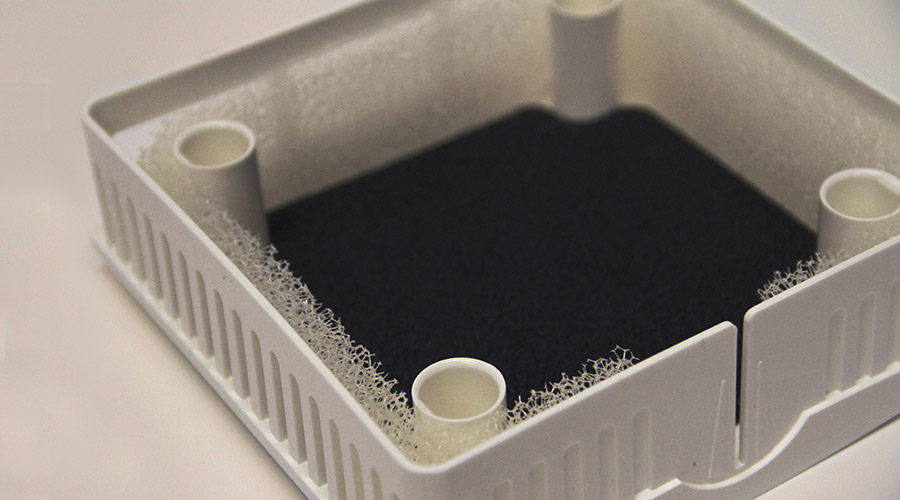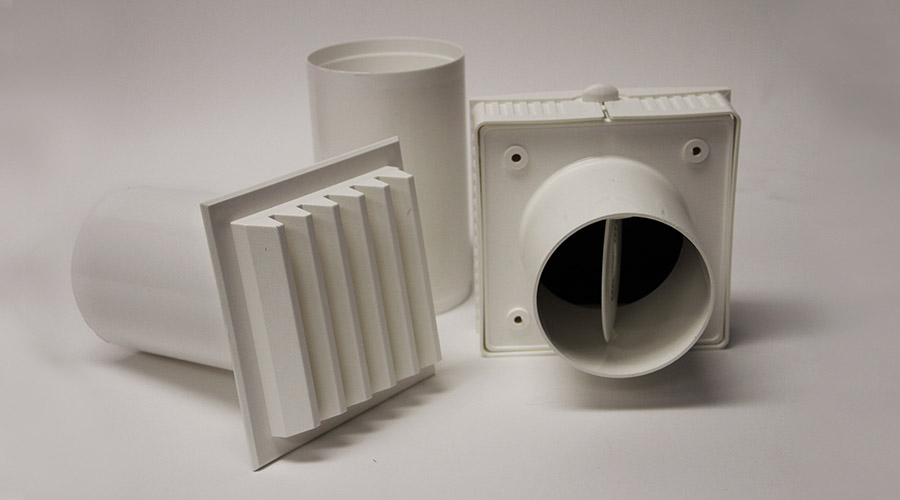Frequently asked questions
How do I know whether my house needs the wood stove & fireplace air supply (ASV)?
Condar recommends the ASV to ensure your compliance with manufacturers’ safety instructions, which require a source for air
replenishment for any room with a ventless gas stove or gas logs, kerosene heaters or any other unvented product. You should
seriously consider installing at least one if a house is under construction, or built since 1980. Also, if your house was
built before 1980, an ASV is recommended if the house is “weatherized” – or you’ve already learned you must sometimes open a
window for proper “draw” of your fireplace or wood stove.
Many houses today are very tight, with insufficient air changes. You experience lingering odors, moisture, and generally stale
air. When you add a combustion appliance, the need for fresh air becomes even more obvious. By using the ASV, you take control
over how fresh air enters your home.
How does Condar ASV-90 compare with other passive ventilators on the market?
For excellent value and superior features Condar ASV-90 is a wise choice for new buildings, and for economical retrofits to bring make-up air into existing construction.
Compare to Reton and Panasonic products.
Can the ASV relieve negative pressure in my home?
Negative pressure results when more air is leaving your home than is coming in, creating a kind of vacuum. In winter, the
heated indoor air rises up through the structure and escapes from upper level leaks. At the same time, air is constantly
forced out of your house with kitchen and bath fans, clothes dryers, furnaces, fireplaces, and water heaters, all of which
contribute to the negative pressure problem.
Sometimes this can lead to annoying situations, such as fans that don't seem to work well, or a fireplace or stove that leaks
smoke, or that won't draw at all. At other times, a more dangerous situation can result, such as a flow reversal in a furnace
chimney that spills carbon monoxide into the house. Negative building pressure can also increase the rate of radon penetration
into a home.
One way to relieve this negative pressurization is to ventilate with the ASV. When you control ventilation, you determine when
and where air enters your home, getting the maximum benefit from the least amount of air. While no one product can deal with
every house pressure problem, there is an easy test you can perform to check whether the ASV will work for you. Once you've
identified a pressure problem, such as a fireplace or stove that won't draw well, try cracking open a window in the room. If
that helps your draft, this product will do the job.
What does it look like?
The ASV is small, and professionally-designed to look attractive in your room. The controller is 6-inches square (about the
size of a smoke detector), which projects less than two inches out from the wall. Outside, the matching white grill (included
with the product at no extra cost) is 5.5-inches square. You can mount the ASV on brick, stucco, vinyl, wood, or any other
exterior.
What’s it made of?
ABS molded white polymer. The ASV wipes clean easily, and always looks as good as new. Designed to resist conducting
heat/cold, and insulated to prevent condensation.
How is it installed?
The ventilator requires a 4-inch hole drilled through an exterior wall. The ASV’s adjustable tube will fit any wall thickness
up to 14 inches. Additional tube lengths are available. The light-weight controller mounts to your interior wall with four
screws. The exterior grill may be fastened with your choice of screws or adhesives. Caulk with a quality sealant.
Where is the filter?
The standard filter is designed to keep insects and dust out of your house. It nestles inside the controller, and may be
cleaned or replaced simply by pulling the snap-fit controller box off the wall – no tools are necessary. You can vacuum or
wash the filter as needed, using it for years before replacement.
Can the ASV be shut off completely?
Yes. Condar suggests leaving the ASV open at all times to do its work, even when your appliances are not in use. This relieves
negative air pressure in rooms and provides controlled fresh air year-round. However, you may shut it off anytime.
What maintenance is required?
None. Condar’s ventilator uses no batteries or electricity. Occasionally, it’s a good idea to check the filter and see that
no debris has blocked the tube.
Where in the room should the ASV be installed?
Generally you can choose any wall area that’s easily accessible. Most people prefer placement low on the wall. You can install
it opposite from, or on the same side of the room as the fireplace, wood stove, or gas appliance. It can even be in an adjacent
room – provided there’s no door to block fresh air flow into the room. The ventilator controller shouldn’t be blocked by solid
pieces of furniture.
Consider another ASV for your bedroom. It gives you all the healthy benefits of a gentle flow of fresh air without the heat
loss, drafts, noise, or security risks of an open window.
Are there houses where the ASV isn’t a good idea?
No. All houses can benefit from replenishing stale inside air with controlled fresh air intake. That’s why it’s recommended to
leave the ventilator operating during the summer. It costs you nothing since there’s no power used to run it.
Is it recommended for apartments or commercial buildings?
Definitely. For building managers, ASV's are a wise investment. Occupants are less inclined to waste energy by opening windows
to get fresh air. They also help prevent “tight building syndrome,” which is now recognized by architects as a problem that
should be anticipated during the design phase.





